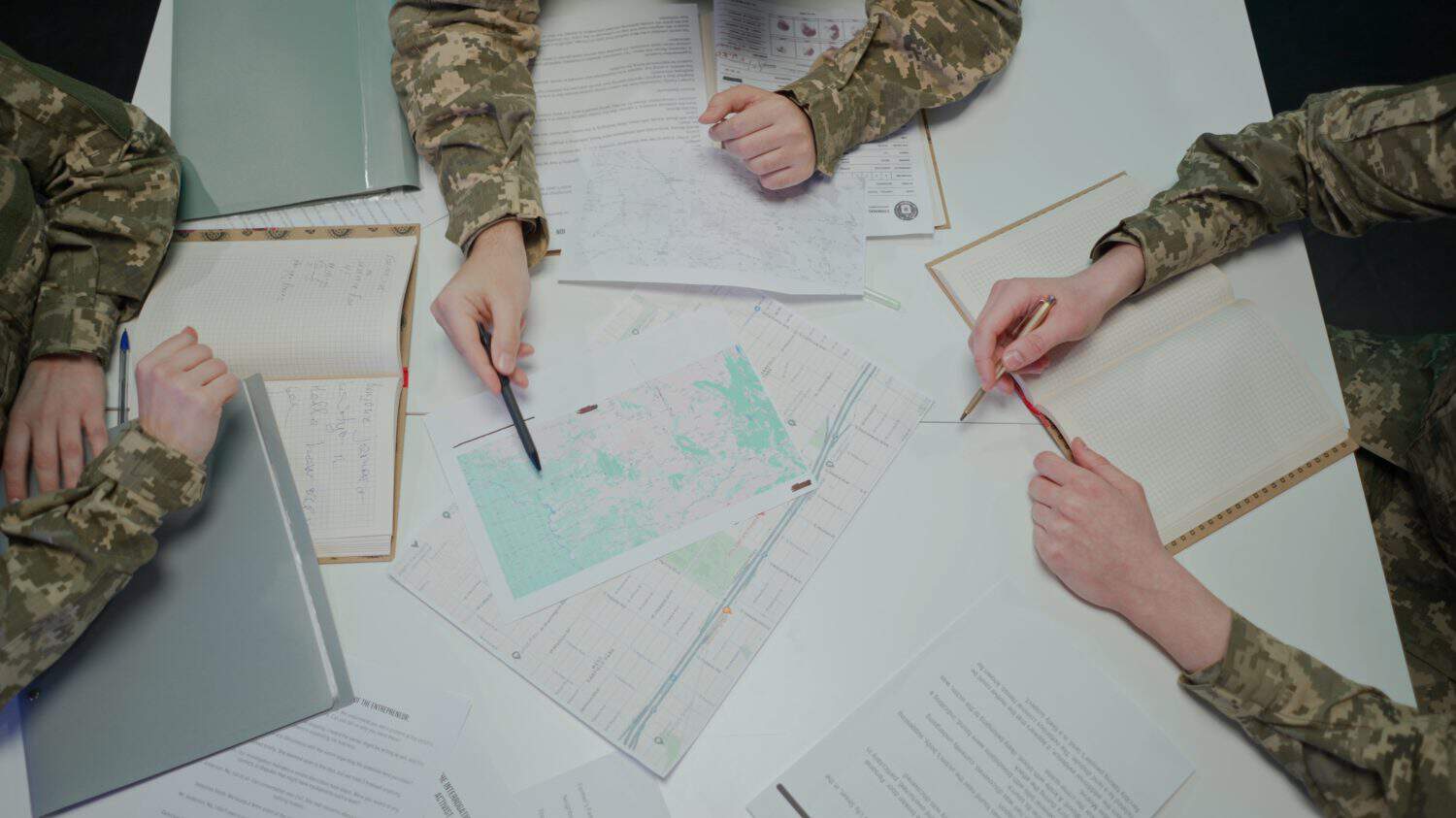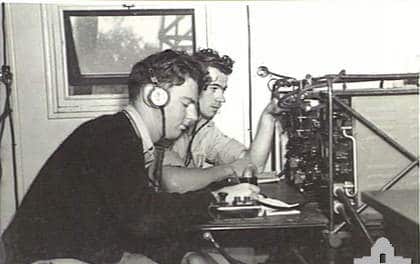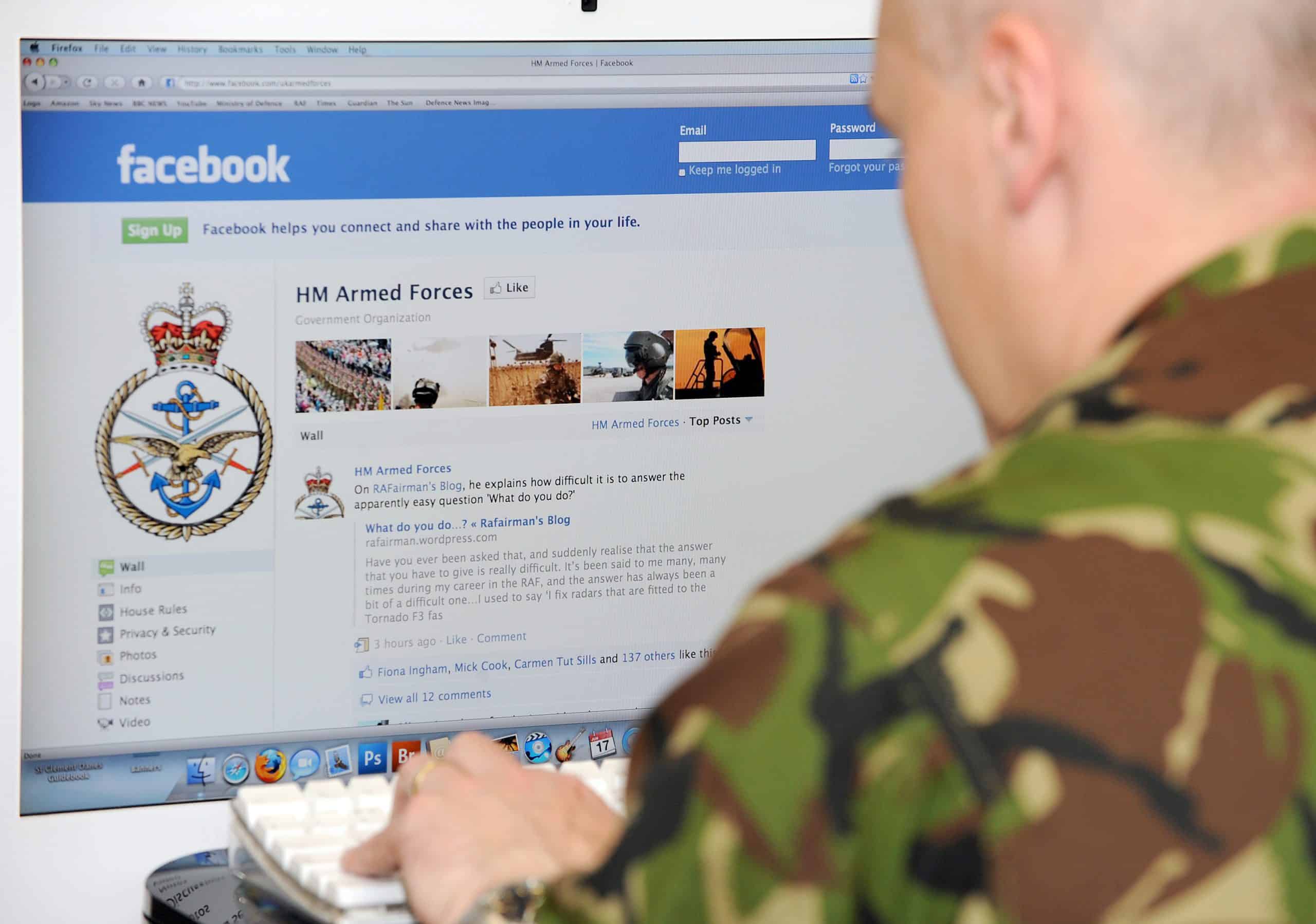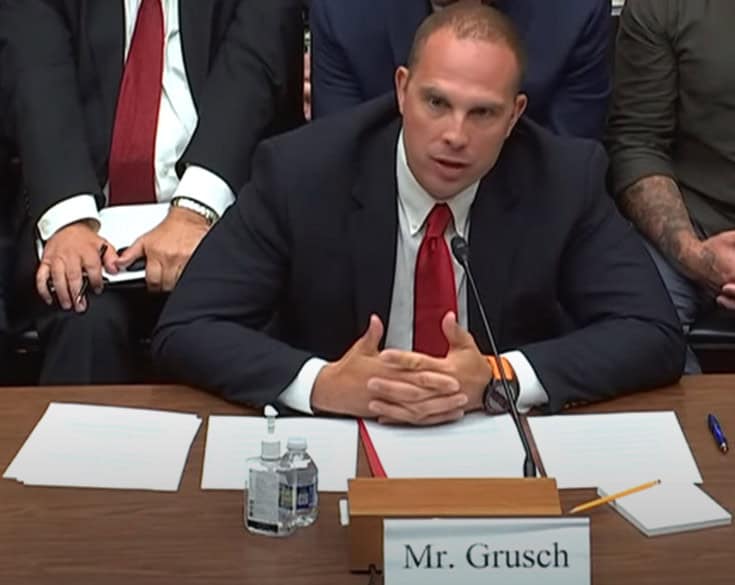
Winning military conflicts is as much about getting into the minds of the enemy as it is overcoming them physically. Given the right psychological techniques, enemies can be tricked into making poor decisions, retreating, or surrendering when they might have had a chance to win. You might be surprised, amused, or amazed by some of the methods the military has used in successful psyops as part of its strategy.
The U.S. military uses psychological operations to complement physical military force by weakening the resolve of the enemy to fight. Psyops take into account human psychology and sometimes cultural beliefs that can manipulate the minds of enemies. Also, check out these special reports: 2 Dividend Legends To Hold Forever and Discover “The Next NVIDIA
Key Points
What Are Psyops?

Psychological operations, commonly known as “psyops,” are military strategies to use non-combat means to influence what enemies do. Releasing false or misleading information and manipulating people psychologically are two of the main approaches the military uses in psyops. Psyops do raise ethical questions at times, but proponents say that ultimately they save lives by accomplishing military objectives without lethal force. Here are some interesting examples of psyops the U.S. military has used in real life missions.
1. Leaflets

Dropping leaflets from the air has been a longstanding psyop that the military continues to use in modern conflicts. In World War I, over 5.1 million leaflets were dropped behind German lines to demoralize German troops and give them instructions on how to surrender. One technique in these booklets was to tell the story of soldiers who had surrendered and how well-cared-for they were as POWs.
2. Fake Armies

Operation Fortitude was a disinformation campaign of the U.S. military During World War II. The Americans successfully deceived the Germans about where the invasion of Europe would take place so that they were taken by surprise at the Normandy landing. To divert attention, opposite Calais, the shortest crossing point of the English Channel, they set up fake inflatable tanks and wood and canvas models of landing craft and mannequins of soldiers where German reconnaissance flights could spot them. The Germans diverted forces to northeastern France to defend against an amphibious landing there that never took place.
3. False Radio Traffic

Another part of Operation Fortitude was to generate a huge amount of fake military radio traffic to make it seem as if this were a real army gearing up for a fight. They leaked that General Patton was in charge of this army and created realistic chatter about troop movements and logistics. The deception was so complete that even after the D-Day invasion started at Normandy, the German High Command continued to keep Calais fortified, thinking Normandy was a diversion rather than the main invasion force.
4. Misleading Troop Deployments

In Operation Fortitude, the military concentrated enough forces at Normandy to get the job done, but not an overwhelming number. Troops and equipment were disbursed further back from the staging area to make the Normandy invasion force look smaller to German reconnaissance. This not only misled them about where the invasion would take place, but how many troops they would need to defend against in that area.
5. T.V. and Radio

American psyops in Iraq included radio and television broadcasts to undercut military morale and win over the civilian population.
6. Loudspeaker Announcements

During the Korean War, U.S. forces broadcast messages across “no-man’s land” to enemy troops to undercut morale and encourage them to defect to the American side.
7. Music

When American forces invaded Panama in 1989, dictator Manuel Noriega took refuge in the Vatican Embassy. It would be illegal to enter embassy territory, so instead the military surrounded the embassy with loudspeakers and blasted it with annoying music 24/7 until he surrendered.
8. Scary Sounds

In the Vietnam War, Operation Wandering Soul broadcast through the jungle a recording of ghostly sounds of a dead Viet Cong soldier warning troops to surrender or die. This operation was especially controversial because it exploited vulnerabilities from Vietnamese cultural beliefs.
9. Social Media

The military not only maintains its own social media accounts to put out information with a spin that serves its purposes, but also has at times created fake accounts to spread information without making it clear that it came from the U.S. military. Twitter and Facebook have removed such accounts when they have been discovered.
10. What About UAPs?

There is an intriguing possibility that some UAP sightings (Unidentified Anomalous Phenomena), may be part of military psyops program. The majority of UAP sightings happen in the United States, often near military bases. Since the 1950s, the American military has tested sophisticated aircraft with unusual designs, including saucer-shaped craft. It may be in the military’s interest for the public, and American enemies, to believe these may be otherworldly craft rather than U.S. military projects.
How a UAP Psyop Might Advance U.S. Purposes

Here’s an example of how a UAP psyop might have been conducted recently to serve the interests of the U.S. government. Note that this is simply speculation based on recent events. There is no specific evidence that these events were a military psyop.
UAP Revelations

In 2020 and 2021, the Pentagon confirmed that several remarkable videos taken by navy pilots of what appear to be flying craft with unusual shapes, speed, and maneuverability were authentic and unexplained. The public widely interpreted this to be an admission by the government that “UFOs are real.” In 2023, former intelligence officer David Grusch testified that the United States has been reverse-engineering technology from several crashed spaceships and implied that it also has the remains of aliens themselves. Congress and the Pentagon announced they would be studying UAP phenomena more seriously to make sure U.S. airspace was not being violated by foreign countries.
Domestic and Foreign Crises

In wider context, the country was frightened, divided, and frustrated with the government over the COVID-19 crisis, while in Europe, Russia invaded Ukraine in 2022 and was threatening the use of tactical nuclear weapons. The government may have found it convenient to distract the public’s attention from its handling of lockdowns and vaccination research and implementation with tantalizing hints about aliens, while also giving our enemies pause to consider what kinds of highly advanced technologies—or alien allies—we might be able to break out against them in a showdown.
Psyops May Target You

This possible scenario brings us to an important point: the military and the government as a whole have an interest in influencing not only the ideas and behaviors of enemies, but of our friends and our own people as well. It’s worth remembering that we can’t believe everything we hear or see. Because there’s always a possibility that, just like in the Normandy landing, someone has put out very convincing inflated fakes and lots of media traffic to distract us from something quite real happening somewhere else.
It’s Your Money, Your Future—Own It (sponsor)
Retirement can be daunting, but it doesn’t need to be.
Imagine having an expert in your corner to help you with your financial goals. Someone to help you determine if you’re ahead, behind, or right on track. With SmartAsset, that’s not just a dream—it’s reality. This free tool connects you with pre-screened financial advisors who work in your best interests. It’s quick, it’s easy, so take the leap today and start planning smarter!
Don’t waste another minute; get started right here and help your retirement dreams become a retirement reality.
Thank you for reading! Have some feedback for us?
Contact the 24/7 Wall St. editorial team.
